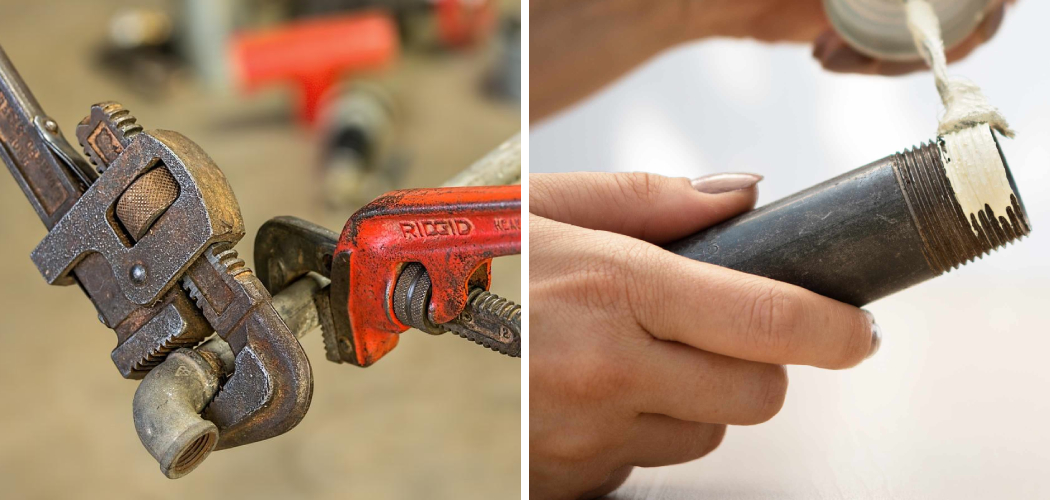When working on plumbing projects or sealing threaded pipe joints, ensuring a secure, leak-free connection is essential. Pipe dope, also known as thread sealant, is a compound used to fill gaps and create a watertight seal. Whether you’re
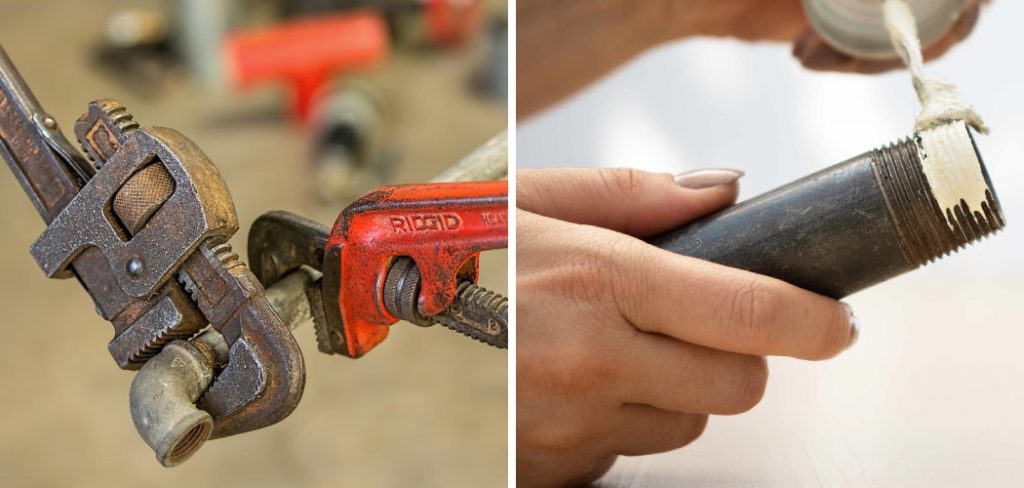
handling DIY repairs or professional installations, knowing how to make and properly apply pipe dope can save time and prevent costly issues down the line. This guide will walk you through the basics of how to make a pipe dope and how to use it effectively.
What is Pipe Dope?
Pipe dope is a type of sealant specifically designed for threaded pipe joints to ensure a tight, leak-proof connection. It typically comes in the form of a viscous compound that can be applied directly to the threads of pipes and fittings. The primary purpose of pipe dope is to fill any small gaps between the threads, preventing gases or liquids from escaping once the joint is assembled. Commonly used in plumbing, HVAC systems, and other industrial applications, pipe dope is resistant to water, oils, and other substances, making it a reliable choice for creating durable seals. Unlike some alternatives, such as Teflon tape, pipe dope often provides a more permanent and robust solution for sealing threaded connections.
Common Uses in Plumbing
Pipe dope plays a crucial role in a variety of plumbing applications, ensuring secure and leak-free connections in both residential and commercial settings. One common use is sealing threaded connections in water supply lines, where it helps prevent water leaks over time. Pipe dope is also frequently used in natural gas and propane lines to ensure a tight seal and avoid dangerous leaks that could pose safety hazards. Additionally, it proves valuable in HVAC systems, particularly when assembling pipes that carry refrigerants or other pressurized substances. Whether installing new fixtures, repairing existing plumbing, or working on industrial piping systems, pipe dope is an essential tool for maintaining the integrity and reliability of threaded joints.
Why Make Your Own Pipe Dope?
While commercially available pipe dope is convenient and effective, there are several reasons you might consider making your own. First, creating pipe dope at home allows you to customize the formula to suit specific needs, such as ensuring compatibility with certain materials or environments.
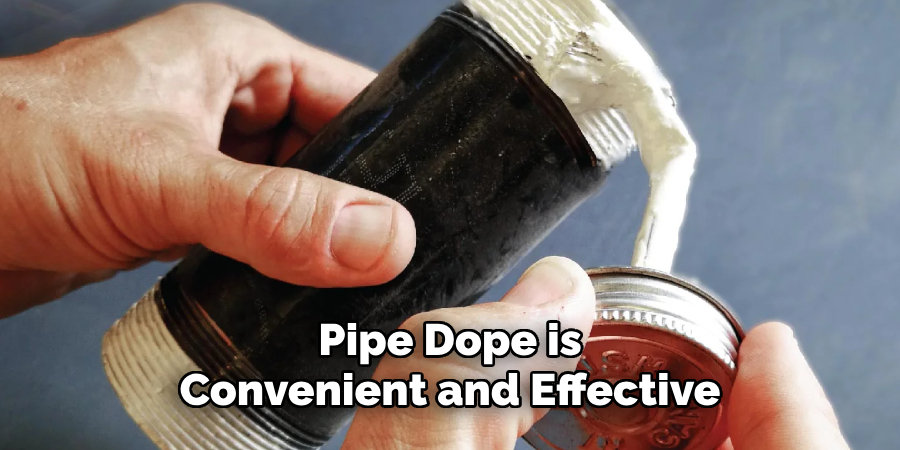
For instance, you can adjust the consistency or ingredients to better handle high-temperature or high-pressure applications. Second, making your own pipe dope can be a cost-effective alternative, especially for larger projects where significant quantities are needed. Additionally, homemade pipe dope gives you control over the ingredients, which can be beneficial if you’re looking to avoid harsh chemicals typically found in some store-bought options.
10 Methods How to Make a Pipe Dope
1. Linseed Oil and Lead Powder Mixture
One traditional method involves mixing linseed oil with lead powder to create a thick, paste-like consistency. To prepare, combine equal parts of boiled linseed oil and fine lead powder in a mixing container. Stir the mixture thoroughly until it forms a uniform paste. The linseed oil provides lubrication, while the lead powder enhances sealing properties. This method is ideal for high-pressure applications but should be used cautiously due to the health risks associated with lead.
2. Beeswax and Rosin Compound
A natural and non-toxic option involves combining beeswax and rosin. Melt equal parts of beeswax and rosin in a heat-safe container over low heat. Once melted, stir the mixture to ensure even blending. Allow it to cool slightly before applying to threaded pipe joints. This mixture offers excellent sealing properties and is safe for use in potable water systems. Adjust the proportions of beeswax and rosin to achieve the desired consistency.
3. Tallow and Chalk Paste
Historically, plumbers used tallow (animal fat) mixed with powdered chalk to create pipe dope. To make this mixture, heat the tallow until it melts, then gradually add finely ground chalk while stirring continuously. The result should be a thick, creamy paste that adheres well to pipe threads. This method is simple, cost-effective, and provides good sealing properties for low-pressure systems.
4. Graphite and Grease Blend
For high-temperature or high-pressure applications, a mixture of graphite and grease works effectively as a pipe dope. Mix finely powdered graphite with high-temperature grease in a 1:1 ratio until you achieve a smooth consistency. The
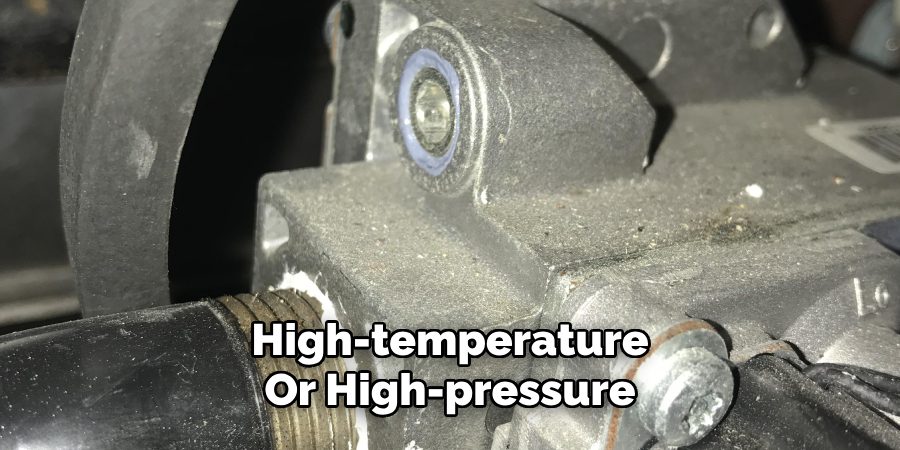
graphite provides excellent sealing and lubrication properties, while the grease ensures easy application. This mixture is particularly useful for gas lines and industrial piping systems.
5. Petroleum Jelly and Talc Combination
A simple and affordable method involves mixing petroleum jelly with talc powder. Combine one part petroleum jelly with two parts talc powder in a mixing container. Stir thoroughly until the mixture becomes a thick paste. This homemade pipe dope is easy to apply, non-toxic, and suitable for general plumbing applications. It’s an excellent option for DIY enthusiasts looking for a quick and effective solution.
6. Flour and Oil Paste
For an environmentally friendly and biodegradable option, consider using a flour and oil paste. Mix equal parts of flour and vegetable oil in a bowl until it forms a dough-like consistency. Knead the mixture to ensure even blending. This pipe dope is best suited for temporary or low-pressure applications, as it may degrade over time when exposed to moisture or heat.
7. Silicone Sealant with Additives
Silicone sealant, commonly used in caulking, can be modified to function as pipe dope. To create a customized sealant, mix silicone caulk with fine sand or powdered minerals to enhance its sealing properties. Apply the modified silicone directly to pipe threads. This method provides excellent flexibility, making it ideal for systems subject to vibration or thermal expansion.
8. Epoxy Resin Mixture
For a highly durable and permanent pipe dope, use an epoxy resin mixture. Combine epoxy resin with a suitable hardener according to the manufacturer’s instructions. Apply the mixture to the threads of the pipe joint before assembly. Once
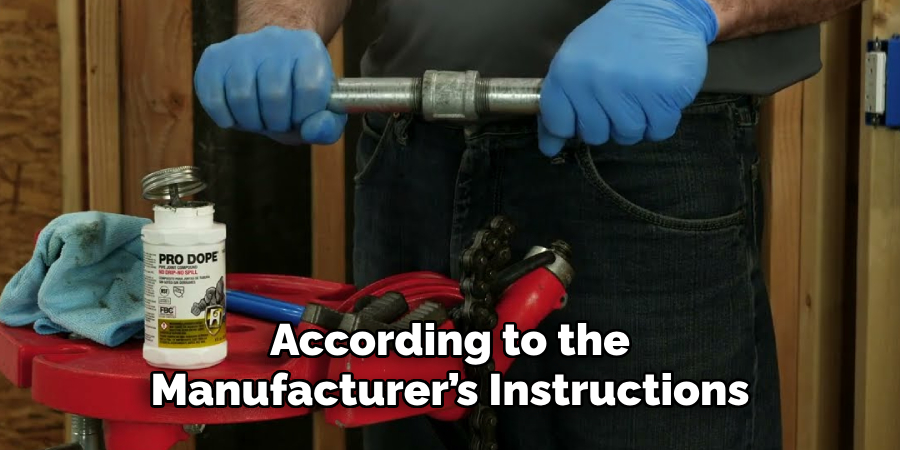
cured, the epoxy forms a hard, impenetrable seal. This method is best reserved for applications where disassembly is not anticipated.
9. Soap and Glycerin Blend
A quick and inexpensive pipe dope can be made by mixing grated soap with glycerin. Start by finely grating a bar of soap and then mix it with enough glycerin to form a thick paste. This mixture is easy to apply and works well for low-pressure water systems. However, it may not be suitable for high-pressure or gas lines due to its limited sealing capabilities.
10. Commercial Thread Sealant Base Modification
If you have access to a basic commercial thread sealant, you can modify it to enhance its performance. For instance, add fine metal powders, such as copper or aluminum, to improve thermal conductivity and sealing properties. Alternatively, mix the sealant with powdered Teflon for increased lubrication. These modifications allow you to customize the sealant to suit specific applications while leveraging the reliability of a commercial base.
Maintenance and Upkeep
Proper maintenance and upkeep of your homemade pipe dope are essential to ensure its long-term effectiveness and usability. Store the pipe dope in an airtight container to prevent it from drying out or hardening over time. Keep the container in a cool, dry place away from direct sunlight and extreme temperatures, which can degrade the quality of the mixture. For mixtures with natural ingredients, such as beeswax or tallow, periodic inspection is recommended to check for signs of spoilage or separation. If the consistency changes or the mixture becomes less effective, consider creating a fresh batch. Additionally, always clean the threads of your pipes thoroughly before applying any pipe dope to ensure optimal adhesion and sealing.
Troubleshooting Common Issues
While homemade pipe dope can be highly effective and cost-efficient, certain issues may arise during application or use. Below are some common problems and their solutions:
1. Leakage After Application
If a pipe joint is leaking after applying homemade pipe dope, the issue may be due to insufficient coverage or improper application. To resolve this, disassemble the joint, clean the threads thoroughly to remove old residue, and reapply the pipe dope generously, ensuring even coverage across all threading.
2. Drying or Hardening in Storage
Homemade pipe dope made with natural ingredients, such as beeswax or flour, may harden over time when improperly
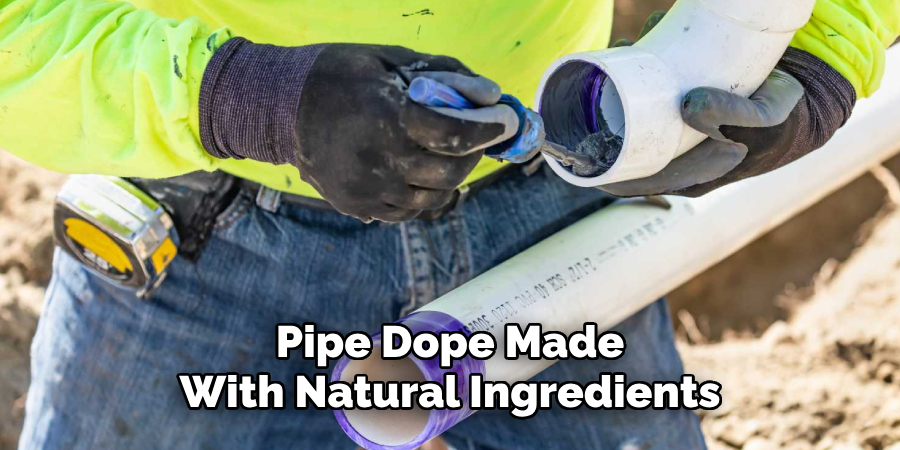
stored. To prevent this, always keep the mixture in an airtight container and store it in a cool, dry location. If the pipe dope has dried out, try reheating and mixing it to restore consistency, or make a fresh batch if necessary.
3. Separation of Ingredients
Some mixtures, particularly those involving oils or greases, may separate over time. Stir the mixture thoroughly before application to ensure all components are properly blended. For long-term use, consider adding a stabilizer, such as cornstarch, to improve consistency and prolong shelf life.
4. Unsuitable Consistency
If the pipe dope is too runny or too thick, adjust its composition by adding more of the binding ingredient (such as rosin, talc, or flour) to thicken or more of the liquid component (such as oil or glycerin) to thin it. Achieving the desired consistency ensures optimal sealing and ease of application.
Conclusion
Making your own pipe dope can be a practical and economical alternative to purchasing commercial products. Each method described above caters to different needs, from eco-friendly solutions to high-performance options for industrial applications. So, there you have it – a quick and easy guide on how to make a pipe dope.

